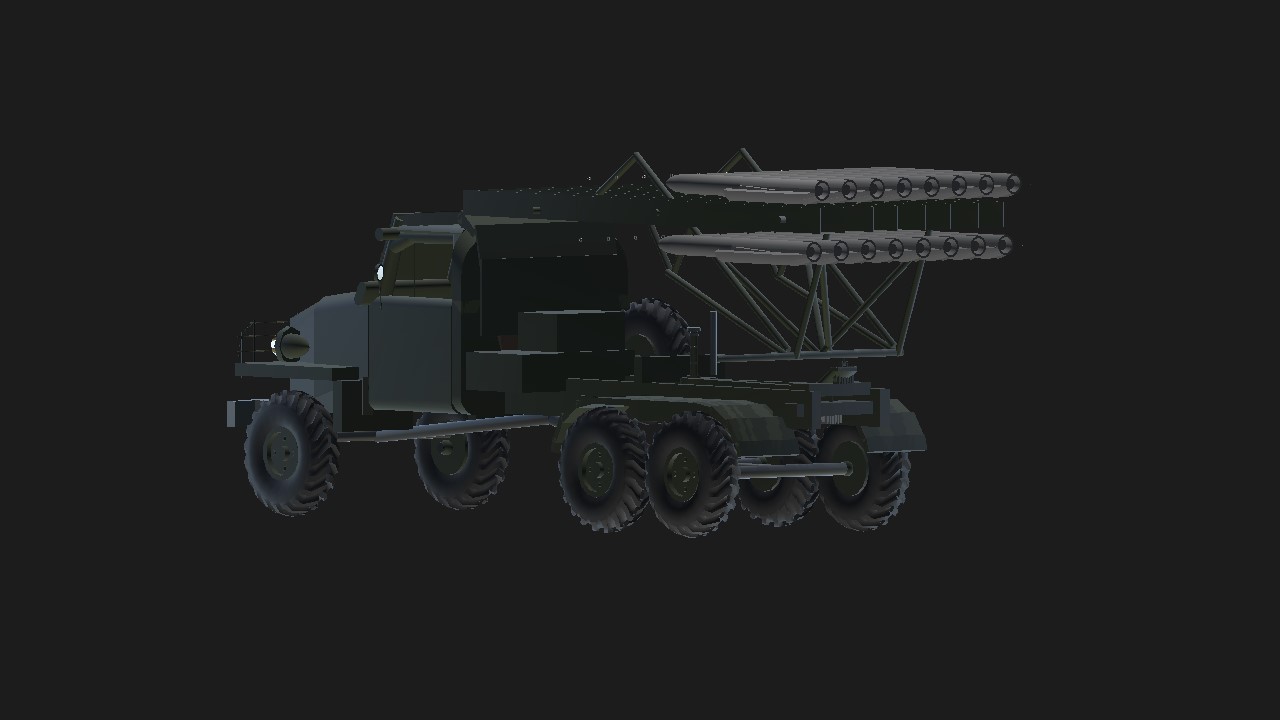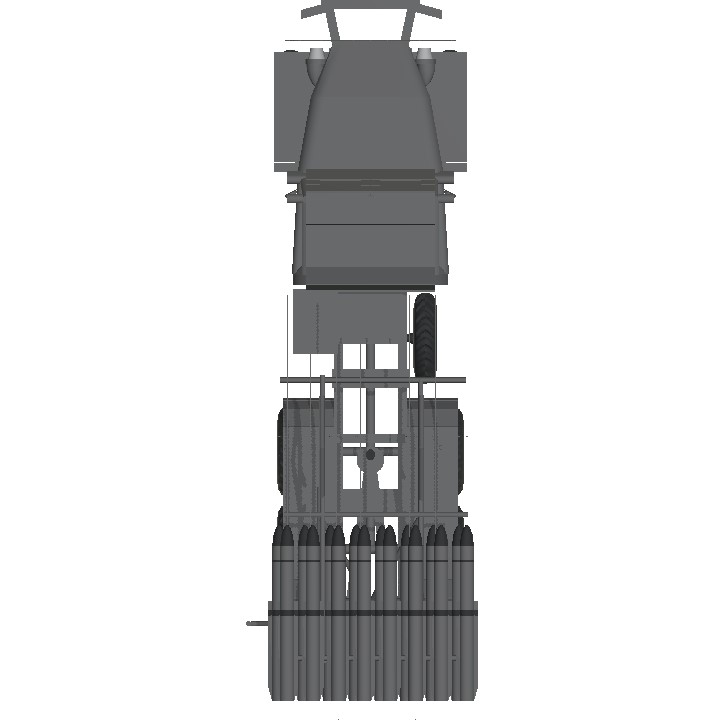"WIKIPEDIA"
The Katyusha multiple rocket launcher (Russian: ????´??, IPA: [k?'t?u??] (?listen)) is a type of rocket artillery first built and fielded by the Soviet Union in World War II. Multiple rocket launchers such as these deliver explosives to a target area more intensively than conventional artillery, but with lower accuracy and requiring a longer time to reload. They are fragile compared to artillery guns, but are cheap, easy to produce, and usable on any chassis. The Katyushas of World War II, the first self-propelled artillery mass-produced by the Soviet Union,[1] were usually mounted on ordinary trucks. This mobility gave the Katyusha, and other self-propelled artillery, another advantage: being able to deliver a large blow all at once, and then move before being located and attacked with counter-battery fire.
Katyusha weapons of World War II included the BM-13 launcher, light BM-8, and heavy BM-31. Today, the nickname is also applied to newer truck-mounted post-Soviet – in addition to non-Soviet – multiple-rocket launchers, notably the common BM-21 Grad and its derivatives.
Although this type of weapon has existed since the 15th century (Leonardo da Vinci having designed a similar machine, a Ribauldequin),[2] the design of the Katyusha may have been influenced[citation needed] by the Machine infernale of Giuseppe Marco Fieschi (1790–1836) — Fieschi was honored in a religious service at a Moscow church in 1942 at the prompting of the Soviet engineer General Andrei Kostikov [ru], a co-developer of the Katyusha rocket launcher.
Specifications
Spotlights
- VinFage 1.5 years ago
General Characteristics
- Predecessor BM-13N "Katyusha"
- Successors 1 airplane(s) +14 bonus
- Created On Android
- Wingspan 10.2ft (3.1m)
- Length 32.2ft (9.8m)
- Height 12.2ft (3.7m)
- Empty Weight 13,830lbs (6,273kg)
- Loaded Weight 14,029lbs (6,363kg)
Performance
- Wing Loading N/A
- Wing Area 0.0ft2 (0.0m2)
- Drag Points 9041
Parts
- Number of Parts 275
- Control Surfaces 0
- Performance Cost 1,294







Up⤴⤴⤴